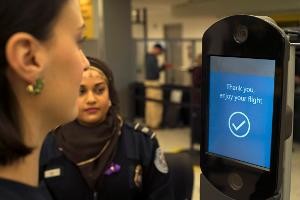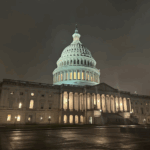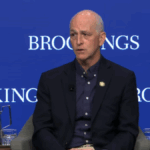
Accuracy rates for successfully matching international travelers departing the U.S. by air using facial recognition technology are exceeding requirements set by Customs and Border Protection (CBP) as part of its biometric air exit program, but the agency could do a better job letting travelers that are exempt from participating know their options, according to a new report by the Government Accountability Office (GAO). An independent operational test done within CBP over two months in 2019 found that the system CBP…

 By
By 











